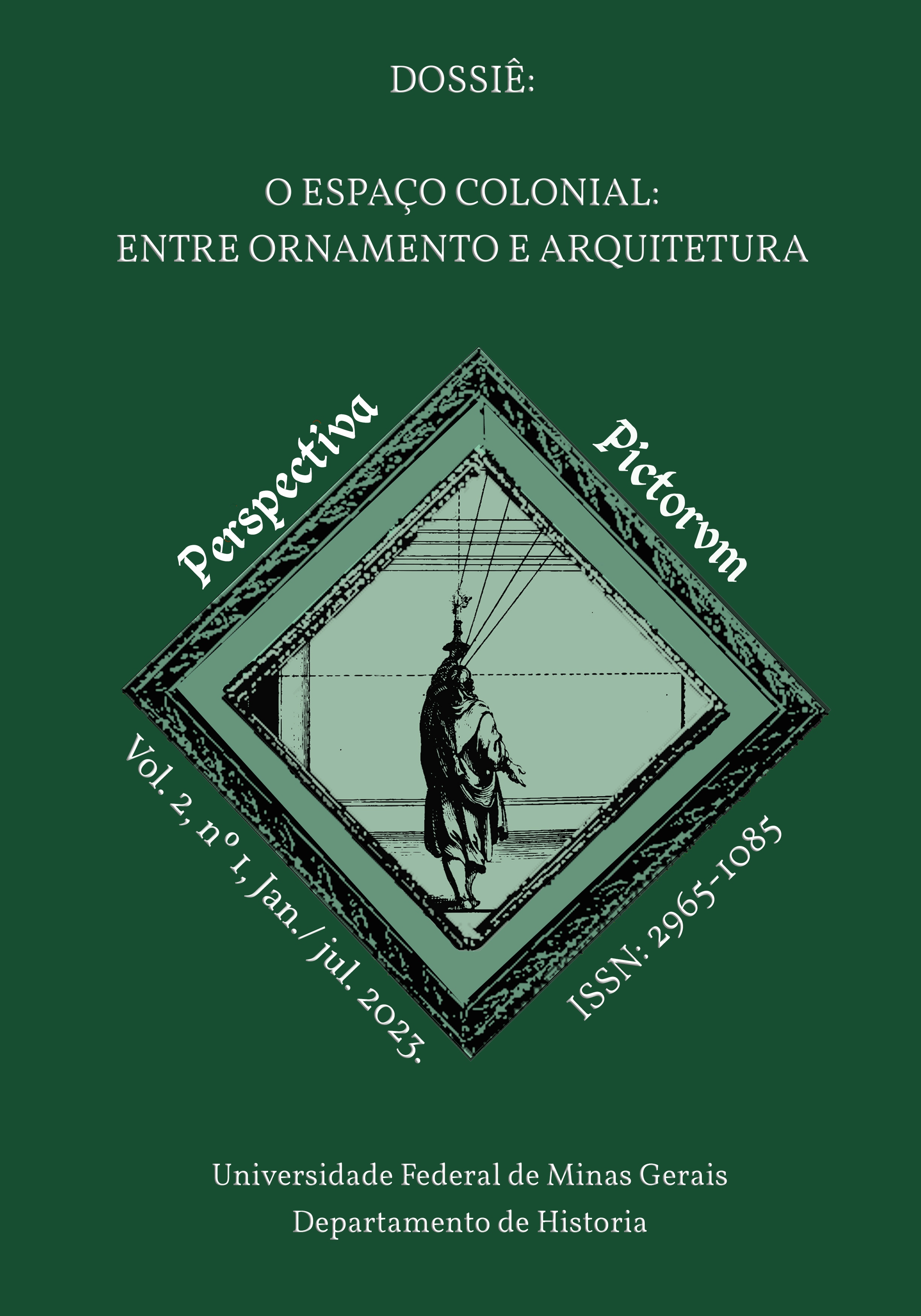Published 2023-07-10
How to Cite
Copyright (c) 2023 Thainan Noronha de Andrade

This work is licensed under a Creative Commons Attribution-NonCommercial 4.0 International License.
Abstract
By becoming Duque of Florence in 1537, Cosimo I de’ Medici (1519-1574) executes a number of actions searching to consolidate his power. Despite a series of administrative reforms, concentrating his authority and expanding his domain over the Tuscany, the Duque explores a complex imaging apparatus in his artistic commissions, resorting to an association of his figure to ancient sources and concepts. Among them, of special importance is the adoption of the astrological sign of Capricorn, establishing a symbolic link with the Roman Empire (mainly the figure of Augustus). The present study discusses how the adoption of the sign as a personal impresa, however, also contains other implications, connected with the interest of Cosimo I for esoteric disciplines such as astrology, alchemy and magic, forming the conceptual corpus known as occulta philosophia, having as theoretical background the Florentine Neoplatonism, developed from de decade of 1460 onwards. Through this study, it is intended to draw attention to the utilization of esoteric elements and knowledge, explored in decorative programs, as tools of promotion and political consolidation of a rising kingdom.

